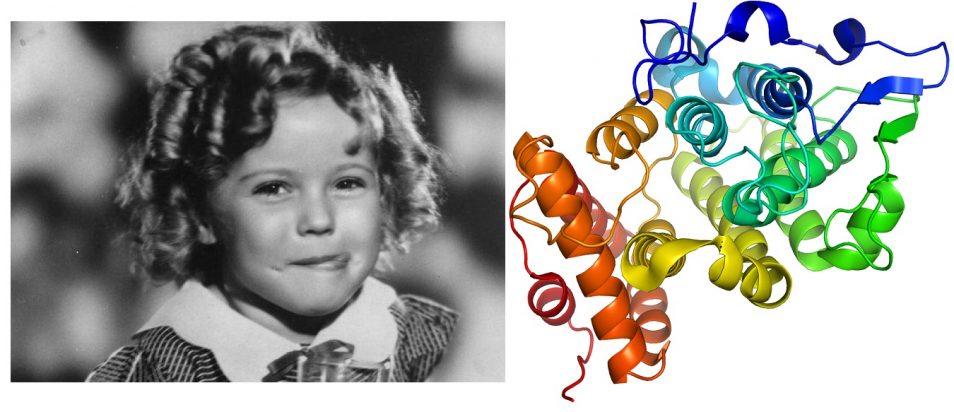Platypus Milk : To Combat the Global Crisis of Antibiotic Resistance
The platypus is arguably one of the most distinct animals on the planet- so it would make sense for it to possess distinct qualities as well. The platypus has some of the strangest attributes, habits, and anatomy of any animal. Perhaps why this part-reptile, part-mammal, part-bird- when first found by British researchers in the 18th century was perceived to be a hoax.
A specimen so outlandish that it was deemed fake, has now come to our rescue against superbugs.
Back in 2010, scientists realized that platypus moms produce very special milk. They found that it has unique bacteria-fighting properties that could be used to kill superbugs. Unlike most other mammals, including us, these weird creatures don’t have specialised mammary glands such as breasts- so their milk is expressed onto their stomachs where their babies lap it up. This exposes it to the bacteria-filled world so bug-fighting properties are pretty useful.
Now, scientists from the Commonwealth Scientific and Industrial Research Organisation (CSIRO) and Deakin University in Victoria, Australia, have discovered why the milk is so powerful. This new evidence, researchers hope, will one day improve antibacterial dressings and creams.
“The protein that was replicated was a protein called “Monotreme Lactation Protein” and it is found only in the milk of monotremes, whereas most of the other components of monotreme milk have counterparts in placental mammalian (cow or human) milk,
” lead researcher Janet Newman from the CSIRO told Xinhua News.“This protein displays activity against only a subset of bacteria – Enterococcus faecalis and Staphylococcus aureus for example, but not against the normal gut flora found in (platypus) pups. Trials as a therapeutic are a long way away, but we believe that this protein might be the basis for topical antibiotic treatments; wound dressings, for example.”
Using x-ray crystallography at the state-of-the-art Collaborative Crystallisation Centre, and the synchrotron in Melbourne Victoria, the team discovered a unique structure in the protein which, when solved, formed a three dimensional fold, similar to a ringlet.
The researchers named this never-before-seen protein the Shirley Temple, in tribute to the former child-actor’s distinctive curly hair. Most intriguingly, the protein has a novel fold in its structure that has not been identified in any of the more than 100,000 known protein structures, Dr Newman said.

The World Health Organisation, in 2014 release a report that spotlighted the global threat posed by antibiotic resistance, pleading for immediate action. Platypus milk and the potentially lifesaving protein fold found within it is now being taken to the next phase, to hopefully put a stop to antibiotic resistance.































